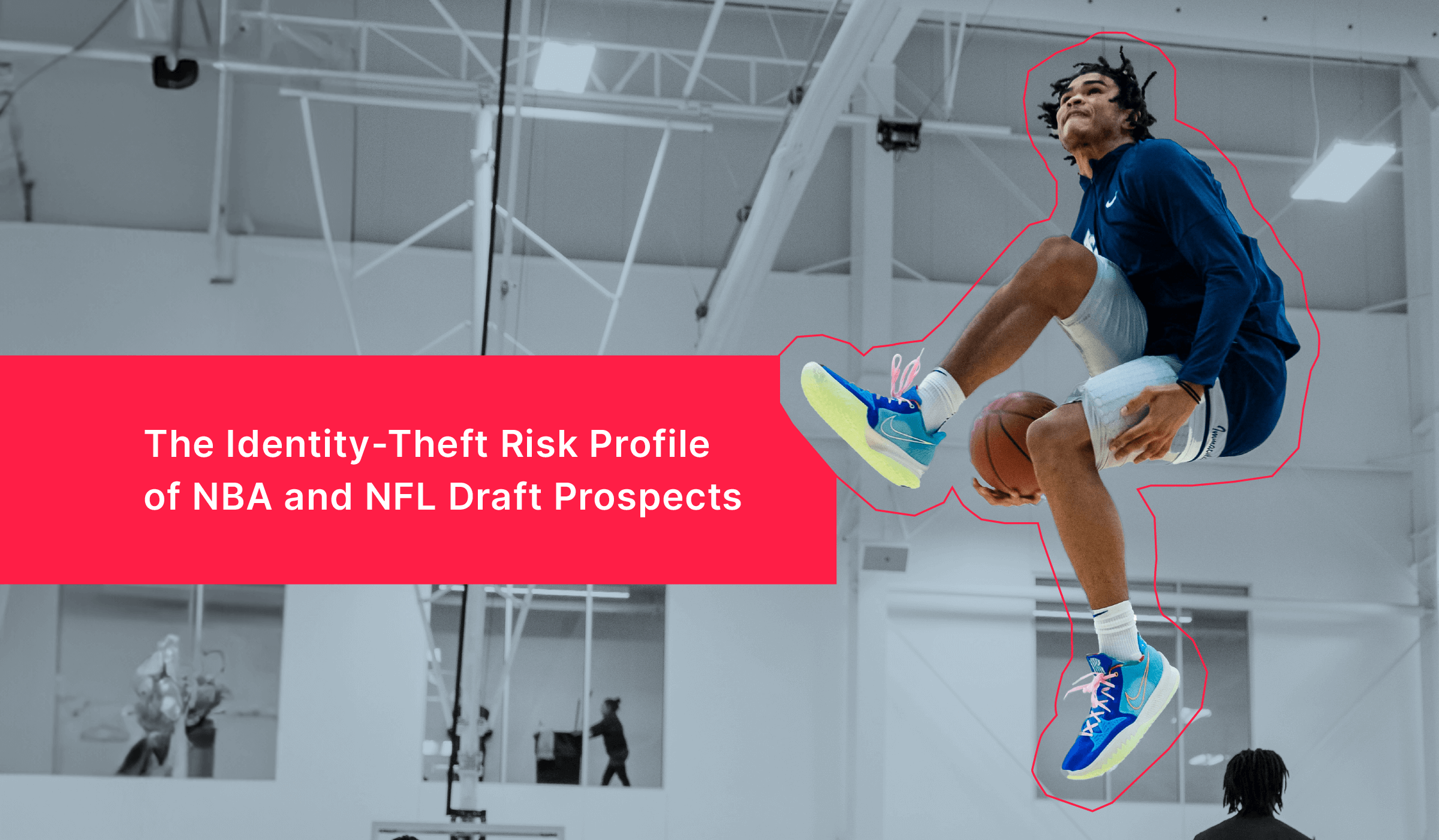Blog post
Business Fraud Explained: Understanding Company Impersonation
Abhi Puranam
Published
April 9, 2025

Introduction
In recent years, business fraud has become a growing and urgent concern for financial institutions. As fraudsters grow increasingly sophisticated, losses continue to mount—driven in part by persistent challenges in verifying business documentation and confirming legitimate ownership or association.
This post continues our series on business fraud M.O.s (see: Business Takeover and Aged Shelf Companies), highlighting a particularly deceptive tactic: company impersonation. While this M.O. is most prevalent in checking account portfolios—traditionally viewed as lower risk for fraud losses—this method has proven capable of generating substantial losses.
How Company Impersonation Works
Let’s say an individual applies for a checking account under the name “Silverline Freight LLC”, registered in Illinois. The application might appear entirely legitimate: the company may be newly formed, have a valid Secretary of State registration, and even possess a D.U.N.S. number. Nothing about it screams "fraud."
But behind the scenes, something more sinister may be at play. There is, in fact, a well-established logistics company called “Silverline Freight Inc.” operating in Illinois. And the fraudster’s goal? To masquerade as this real business—just different enough in entity type to fly under the radar.
This tactic is particularly effective in cases of check fraud. A fraudster may have intercepted physical checks made out to the real Silverline Freight Inc.—often via mail theft or online marketplaces (like the one shown below).

By opening an account under the nearly identical “Silverline Freight LLC,” the fraudster can deposit those intercepted checks. Due to similarities in name and geography, the deposit may pass initial verification.
The result? The fraudster sees a temporary balance spike and quickly moves the funds out. Once the check bounces, the financial institution is left holding the bag—stuck with a large negative balance and minimal recourse.
We refer to this method as Company Impersonation: a deliberate effort to pass off as a more established company in order to benefit from its reputation and misdirect incoming funds.
Why This Matters and What you can do
This scheme is not just hypothetical. In conversations with several top-30 consumer banks, company impersonation has emerged as the leading driver of fraud losses in Business DDA portfolios. It's stealthy, relatively easy to execute, and highly damaging.
Financial institutions can take proactive steps to identify and mitigate this type of fraud:
- Cross-check similar names: Pay close attention to newly registered businesses that closely resemble well-established entities, especially within the same state or industry.
- Flag minor name variations: Be cautious when a business has the same root name but differs slightly in suffix (e.g., Inc. vs. LLC).
- Scrutinize high-value deposits: Apply additional review to new business accounts, especially those making large or suspicious check deposits early in their lifecycle.
Conclusion
Company impersonation is a high-impact, low-visibility fraud scheme that is costing institutions millions. Awareness is the first step in the fight.
Related Content

Blog article
December 2, 2025
The Identity-Theft Risk Profile of NBA and NFL Draft Prospects
Read article
Blog article
November 21, 2025
CIP Requirements: What Financial Institutions Need to Know
Read article
Blog article
November 7, 2025